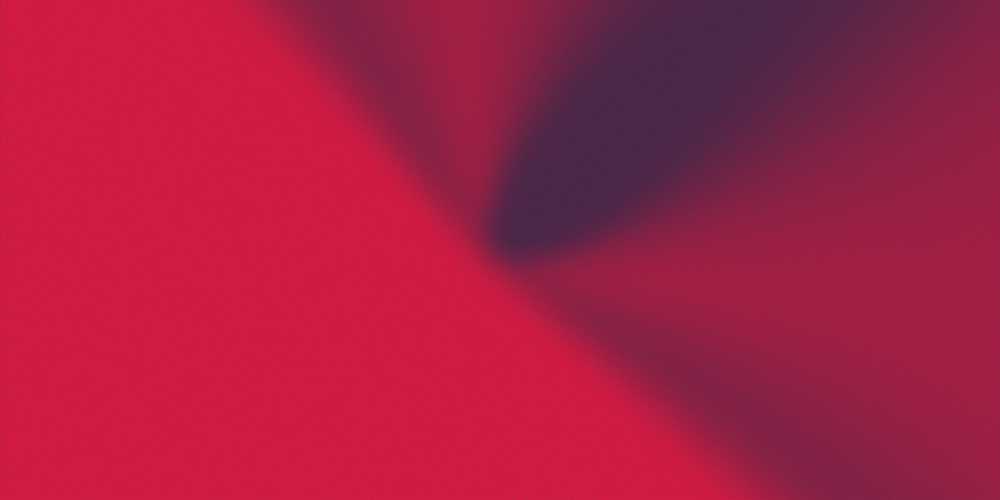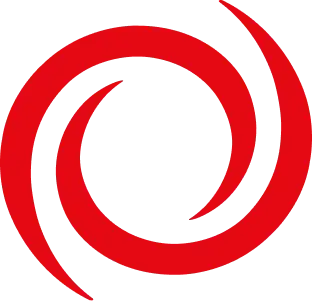Our Insights
With decades of experience, our consultants offer unique perspectives on industry and market trends. Explore our insights to learn more.



With decades of experience, our consultants offer unique perspectives on industry and market trends. Explore our insights to learn more.
